Hello Bloggers, Welcome to another blog, In this blog, I will guide you on “How to Clean Your Floors Spotless with Baking Soda and Vinegar” Maintaining clean floors is crucial for a hygienic and healthy living environment. Even if there are many industrial cleaning products on the market, going natural can save costs and protect the environment. We’ll look at the benefits of vinegar and baking soda in this blog post, as well as how using these two powerful ingredients may get clean floors without using harsh chemicals.
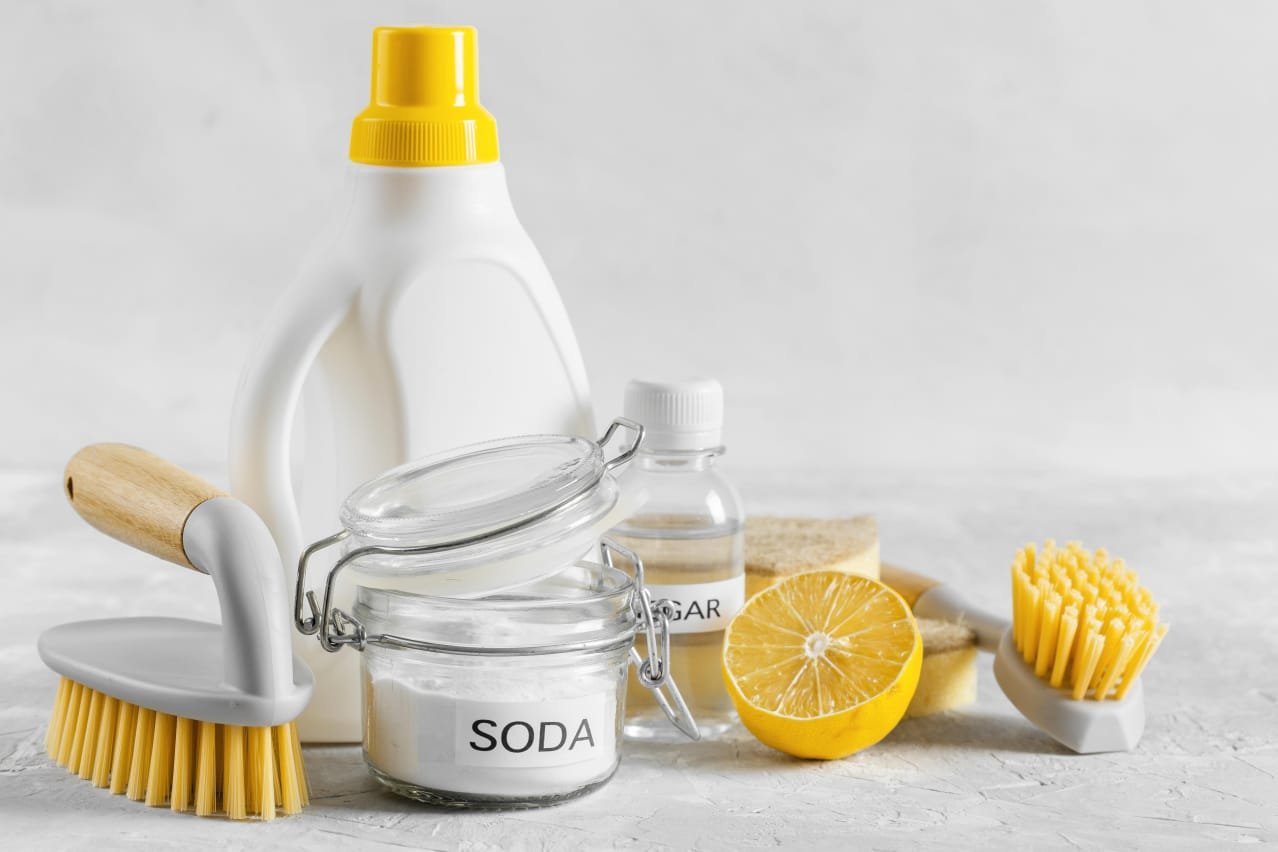
Understanding the Power of Baking Soda
Since many years ago, baking soda, also known as sodium bicarbonate, has been a common and reasonably priced household staple for cleaning. This is why it’s a great option for floor cleaning.
Absorbing Odors:
One well-known use of baking soda is its ability to absorb smells. Before vacuuming, sprinkle it on carpets or rugs to help get rid of odours. It can also neutralize and absorb odours when sprayed on floors, leaving your house feeling fresh.
Gentle Abrasive Action
Baking soda effectively removes tough stains and dirt without harming surfaces because of its minimally abrasive nature. Due to this, it may be used with a variety of flooring materials, such as laminate, tile, and hardwood.
Vinegar – A Natural Cleaning Powerhouse
Another versatile natural cleaning solution is vinegar, particularly white distilled vinegar. Baking soda increases the cleaning power of this substance. Let’s explore the reasons vinegar is an excellent option for floor cleaning:
Disinfecting Properties:
Because of its antibacterial qualities, vinegar works well as a disinfectant. In addition to cleaning, vinegar helps destroy germs and bacteria from your flooring, making your home a healthier environment to live.
Removing Stains and Grease:
Because of its acidity, vinegar works well to remove grease and dissolve stains. This is especially helpful in kitchens, where splatters and spills happen frequently.
Gather your supply for how to Clean Your Floors Spotless.
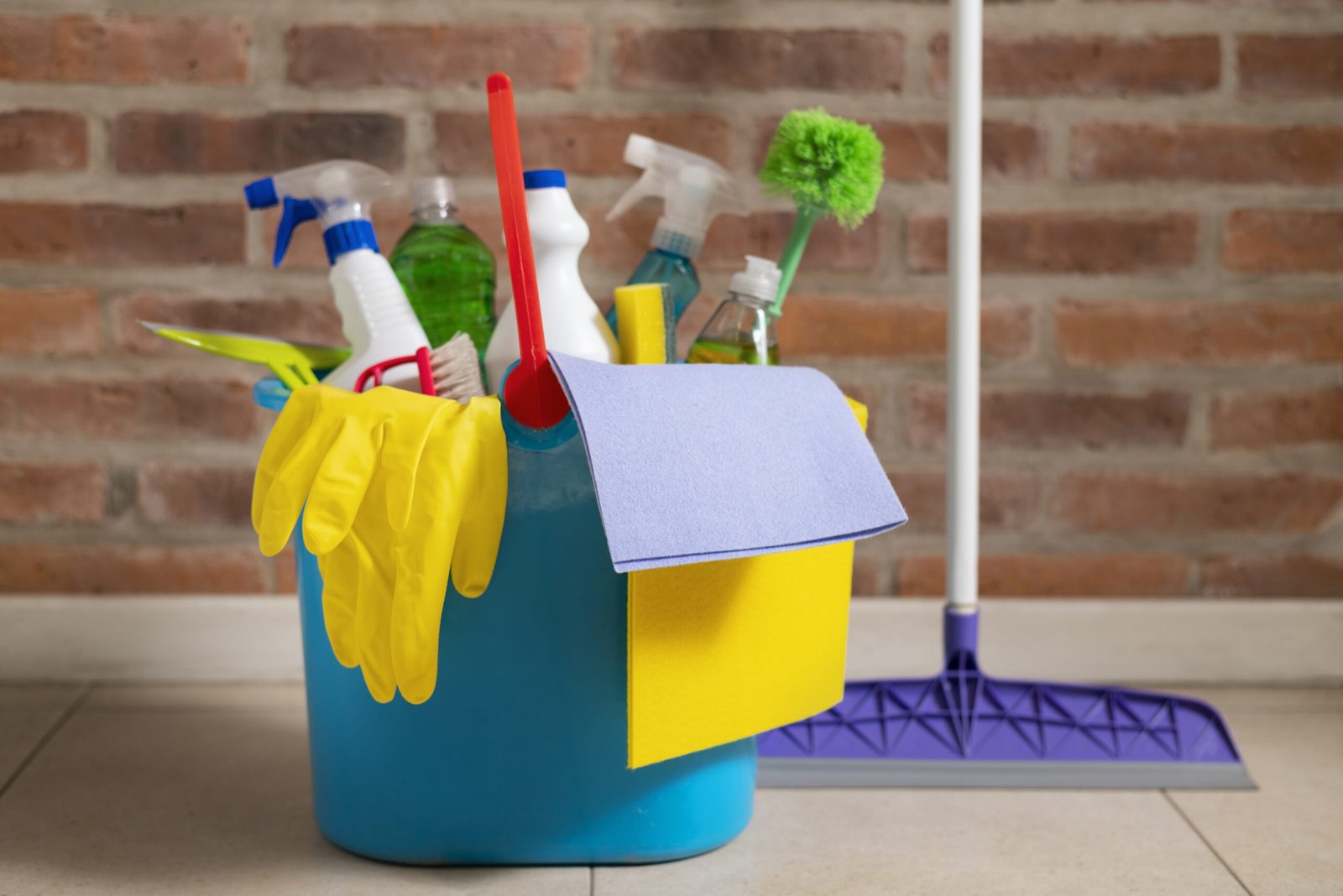
1. Baking soda.
2. White distilled vinegar.
3. Warm water.
4. Bucket.
6. Cleaning gloves.
7. Cleaning brush and Sponge.
Creating a Baking Soda and Vinegar Cleaning Solution
Making an easy-to-use yet effective cleaning solution is essential to maximizing the cleaning capabilities of vinegar and baking soda. This is a comprehensive guide:
First of all, take a spray bottle and mix equal amounts of two cups of vinegar and one cup of baking soda in a bucket. First, the liquid will bubble, so give it time to settle before continuing. , shake the bottle to mix well.
Whatever floor you want to clean, sprinkle the solution made of vinegar on it and leave it for some time to penetrate and break down any dirt or grime.
Use a microfiber cloth or sponge to clean the area where the vinegar solution has been sprayed. Keep in mind that these solutions are for general cleaning only.
To clean more dirty areas, you can make a paste by mixing half a cup of baking soda in one cup of vinegar and then applying it to the area where it is needed.
Carefully wash off the baking soda solution with water and wipe with a clean cloth.
Dilute with Warm Water:
Fill the bucket with two litres of warm water to make a diluted but effective cleaning solution.
Floor-Specific Cleaning Techniques
Having prepared your cleaning solution of vinegar and baking soda, let’s explore how to clean various kinds of floors:
Hardwood Floors:
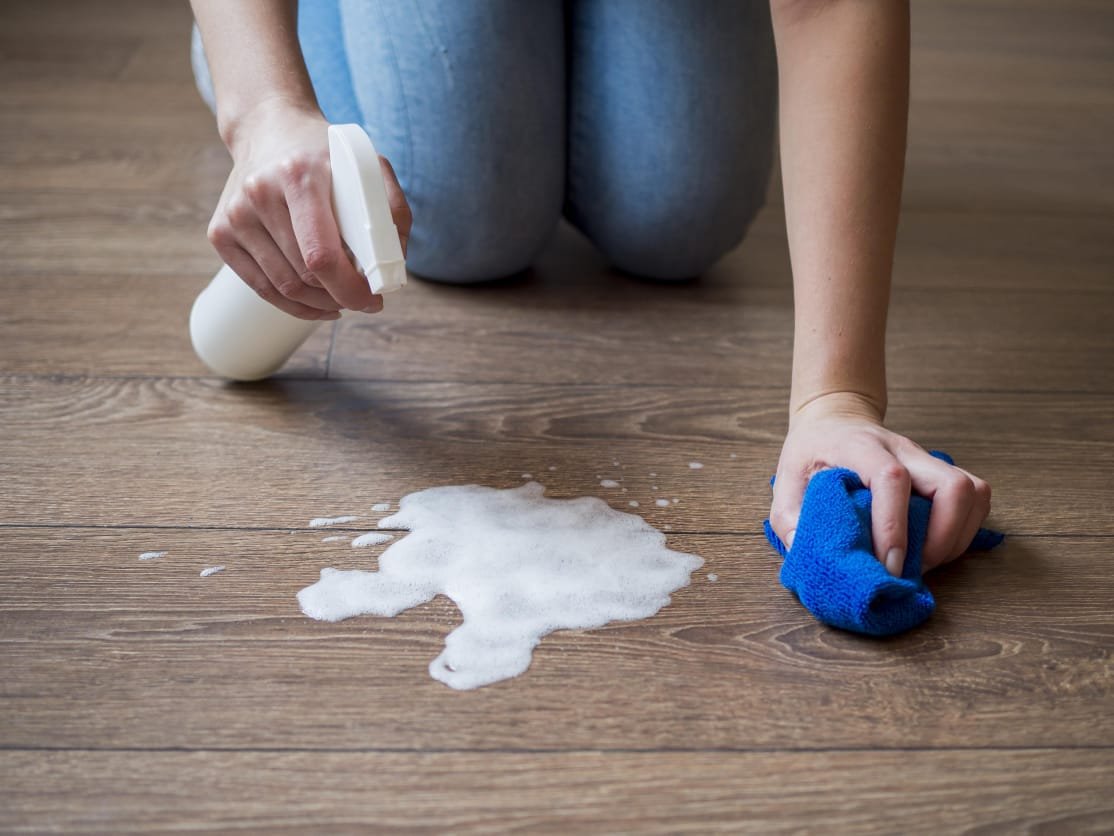
To prevent damage, hardwood floors need to be treated gently. Make sure the baking soda and vinegar solution aren’t too wet before rubbing it onto a microfiber cloth or mop. To get rid of stains and grime, wipe the floor along the direction of the wood grain. To stop damage from water, use a fresh, dry cloth to quickly dry the floor.
Tile Floors:
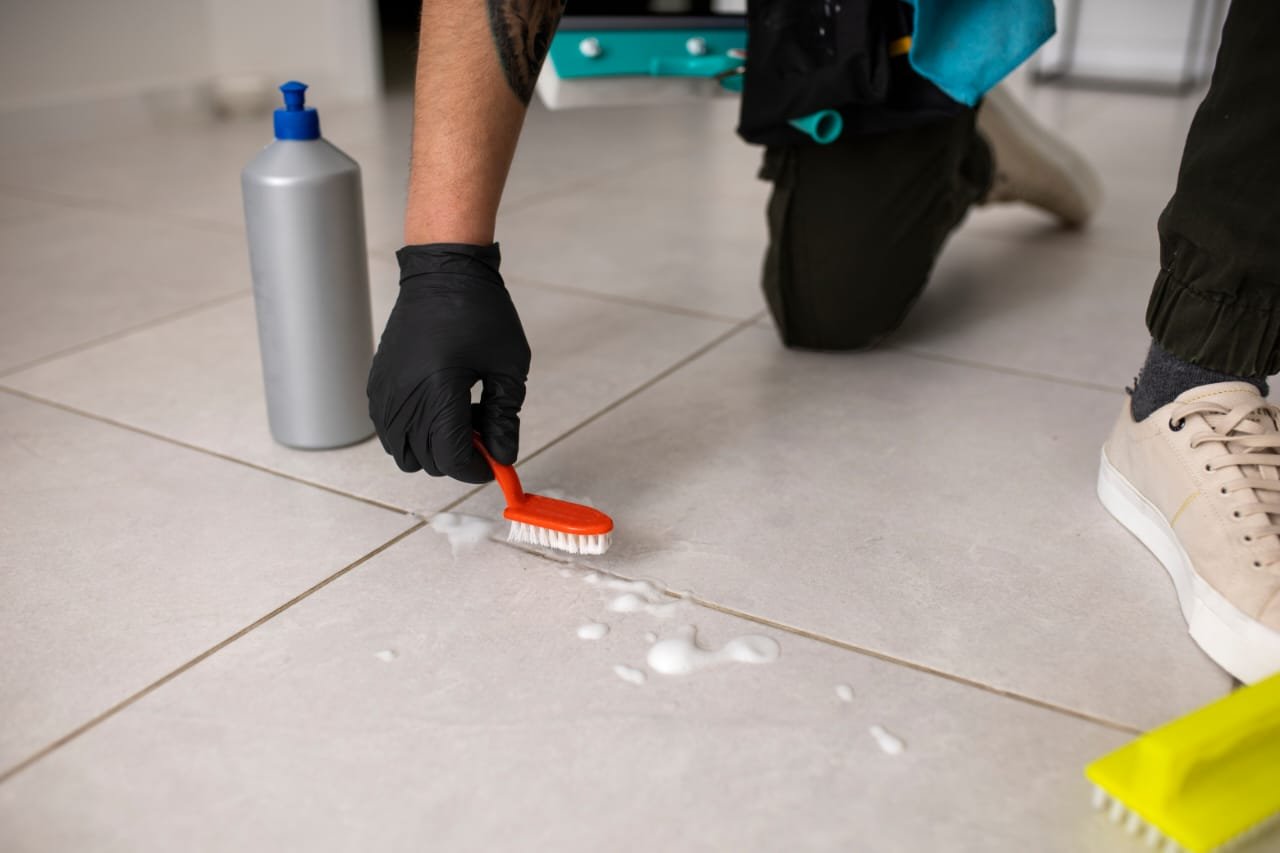
Grout and soap scum can collect on tile floors. Concentrating on the grout lines, apply the vinegar and baking soda mixture to the tiles. To remove dirt, use an old toothbrush or a soft brush. To get rid of any residue, give the floor a thorough water rinse.
Laminate Floors:
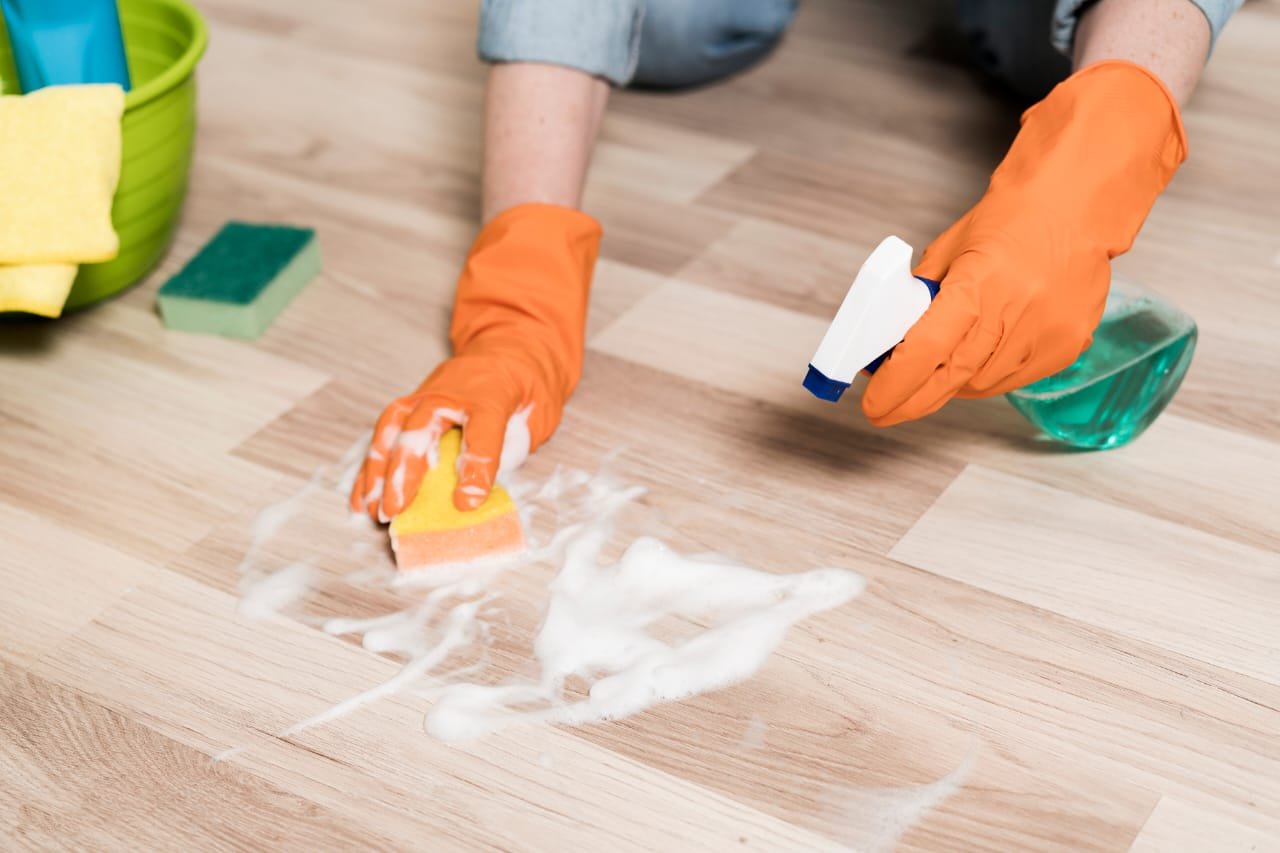
To avoid warping, laminate floors should only be lightly washed with water. Utilize a damp microfiber cloth or a well-wrung mop to apply the baking soda and vinegar mixture. After wiping the laminate floor, use a fresh, dry cloth to dry it quickly.
Tips for Enhanced Cleaning Results
Take into consideration the following advice to guarantee the best outcomes and preserve the longevity of your floors:
Test in an Inconspicuous Area:
To make sure the baking soda and vinegar solution is compatible with your flooring material, try it in a small, discrete area before applying it to the entire floor
Regular Maintenance:
To avoid dirt accumulation, make periodic cleaning a part of your schedule. The mopping technique will work better if you sweep or vacuum first.
Open Windows for Ventilation:
While cleaning, make sure you have enough ventilation by opening doors and windows because vinegar has a strong smell.
5 Common Floor Cleaning Mistakes You Might Be Making
1. Using Too Much Water:
One of the most common mistakes people make is using excessive water when cleaning floors. While some floor types, like tiles, can handle moisture better, others, such as hardwood and laminate, are more sensitive. Too much water can seep into the cracks and seams, causing warping, swelling, or even mould growth. Use a well-wrung mop or a damp microfiber cloth, especially when cleaning hardwood or laminate floors. Additionally, consider spot-cleaning stubborn stains instead of drenching the entire floor.
2. Neglecting Regular Sweeping or Vacuuming:
Failing to sweep or vacuum regularly is a mistake that allows dirt and debris to accumulate on the floor surface. Over time, this can lead to scratches, wear, and a dull appearance. Ignoring regular maintenance can also make the cleaning process more challenging. Make sweeping or vacuuming a part of your routine to prevent dirt buildup. This simple step will not only keep your floors looking cleaner but also make the subsequent cleaning process more effective.
3. Using the Wrong Cleaning Products:
Not all floors are created equal, and using the wrong cleaning products can lead to damage or ineffective cleaning. Harsh chemicals or abrasive cleaners may harm certain floor types, while gentle alternatives might not be potent enough for stubborn stains. Always check the manufacturer’s recommendations for cleaning products suitable for your specific flooring material. Opt for neutral pH cleaners or natural solutions like vinegar and baking soda for a safe and effective clean.
4. Skipping Spot Testing:
Applying a new cleaning solution or method to your entire floor without spot testing is a common mistake. Different flooring materials may react differently to specific cleaners, and skipping this step can lead to discolouration, damage, or other adverse effects. Before using a new cleaning product or method, spot-test it in an inconspicuous area. This ensures compatibility and helps you avoid potential damage to the entire floor surface.
5. Neglecting Floor Mats or Rugs:
Underestimating the importance of floor mats or rugs at entry points can lead to increased dirt and debris on your floors. Without these protective barriers, the dirt from shoes can be spread throughout the house, making your cleaning efforts less effective. Place floor mats or rugs at entrances to trap dirt and moisture before they reach your floors. Regularly clean or shake out these mats to prevent them from becoming sources of dirt themselves.

Dos;
Be sure to wear gloves on your hands before cleaning because baking soda is an irritant that can irritate your skin, especially if your skin is sensitive.
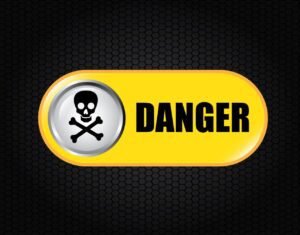
Don’t’s;
You should never mix baking soda or vinegar with bleach, it creates toxic chlorine gas which is very harmful. Use proper ventilation when cleaning with this solution.
Conclusion:
Combining suitable cleaning methods with a focused eye for common mistakes yields floors that are both clean and well-kept. Conclusion of How to Clean Your Floors Spotless with Baking Soda and Vinegar You may boost the longevity and visual appeal of your floors. For the greatest results, learn about your flooring’s specific requirements and adjust your cleaning plan properly.
FAQs
What is the ratio of vinegar and baking soda for cleaning?
You should always mix baking soda and vinegar in a ratio of 1:2, that is, one cup of baking soda and two cups of vinegar.
What surfaces should not be cleaned with vinegar?
Stone surfaces: Vinegar has an acetic nature so it can potentially damage natural stone surfaces such as granite, marble, and limestone. it can also react with some metals, like aluminium, resulting in corrosion or discolouration.
What are the precautions for baking soda and vinegar?
Carbon dioxide gas is produced by mixing baking soda and vinegar. There is 0.04% carbon dioxide gas in the air, but it should never be inhaled in highly concentrated form. Therefore, this solution should not be made in large quantities and always use proper ventilation.

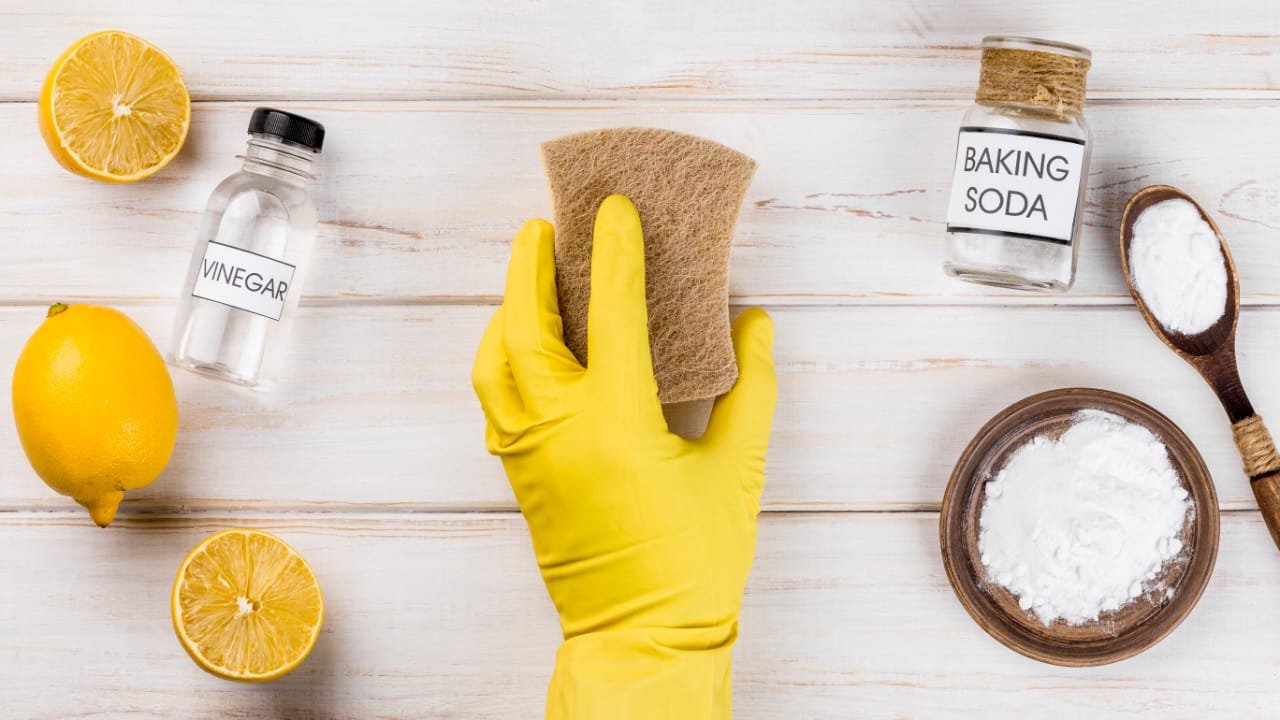
3 thoughts on “How to Clean Your Floors Spotless with baking soda and Vinegar?”